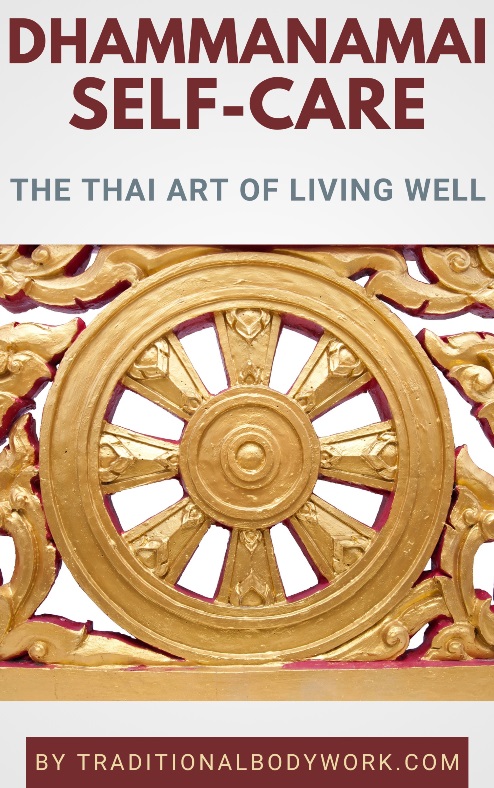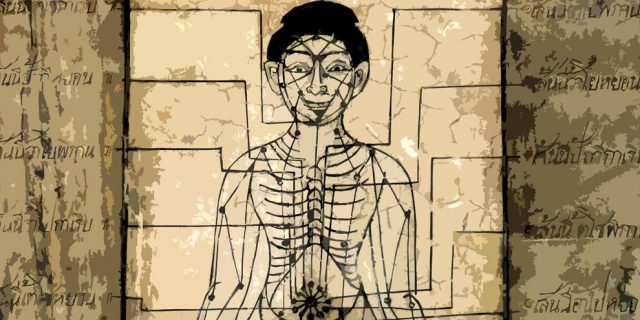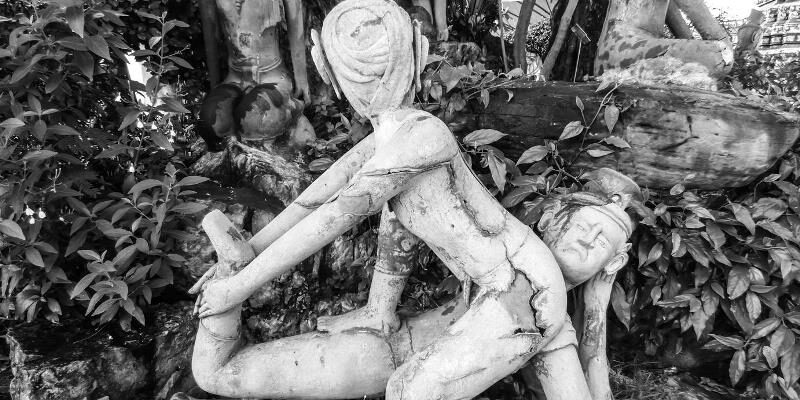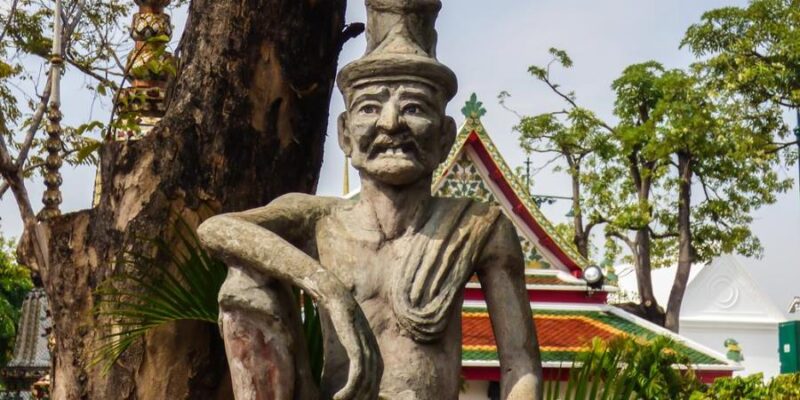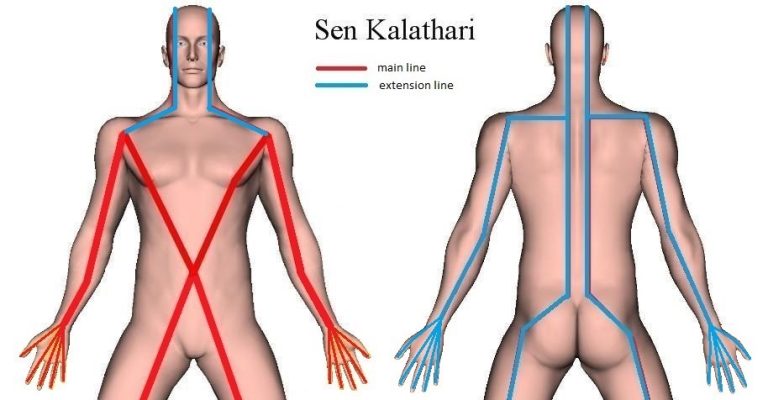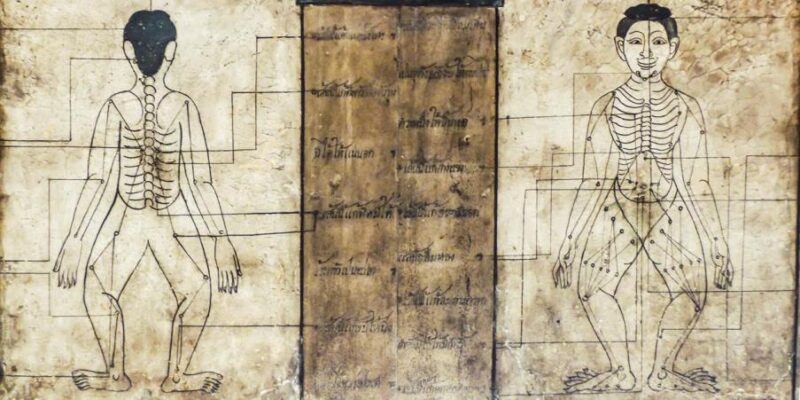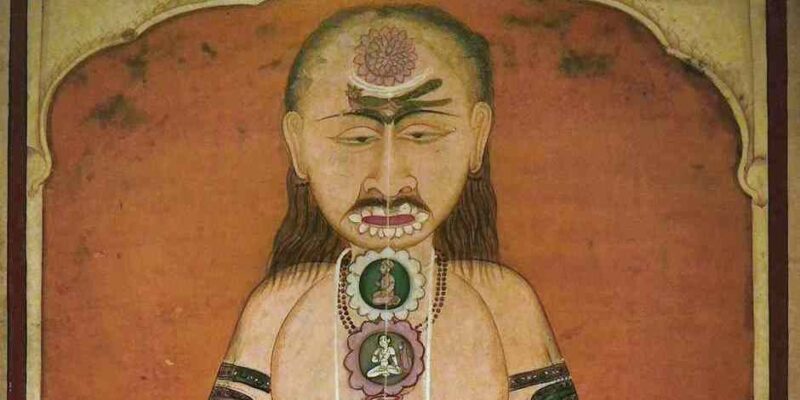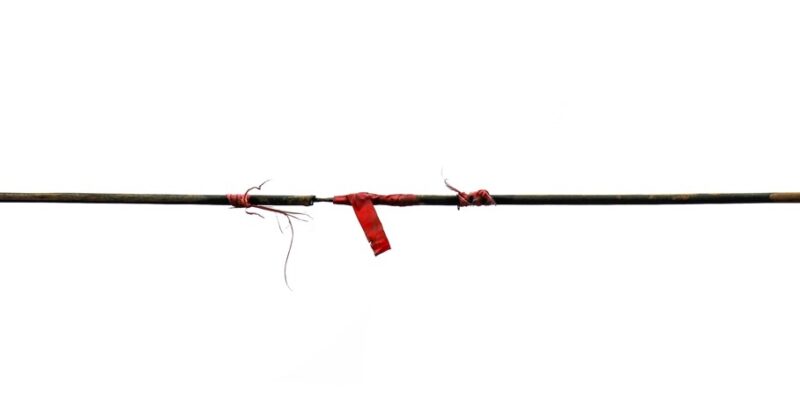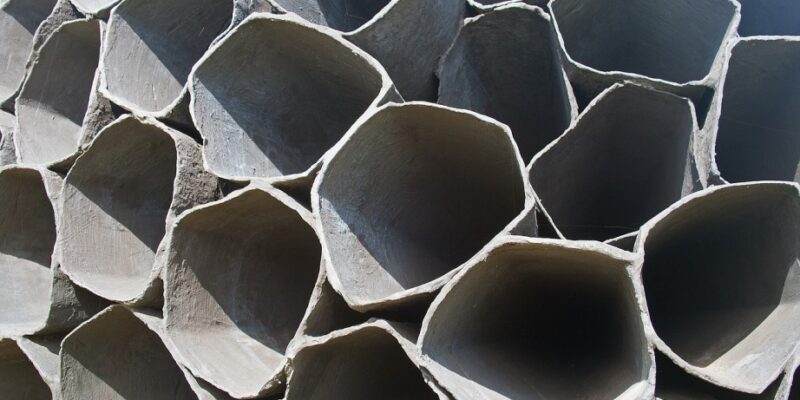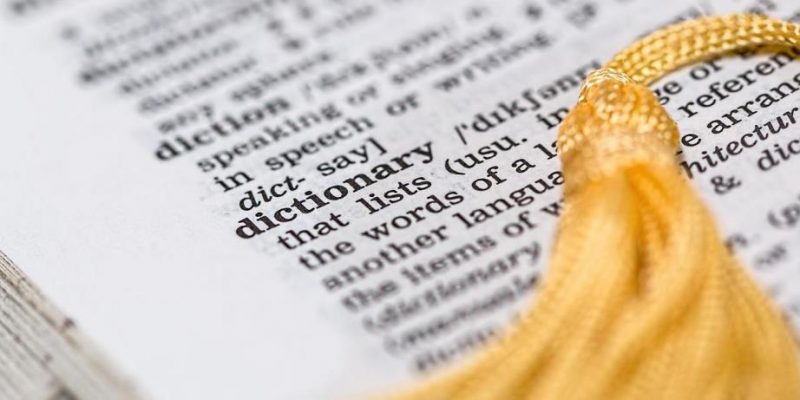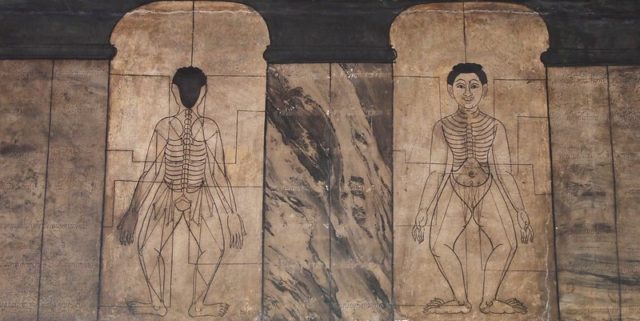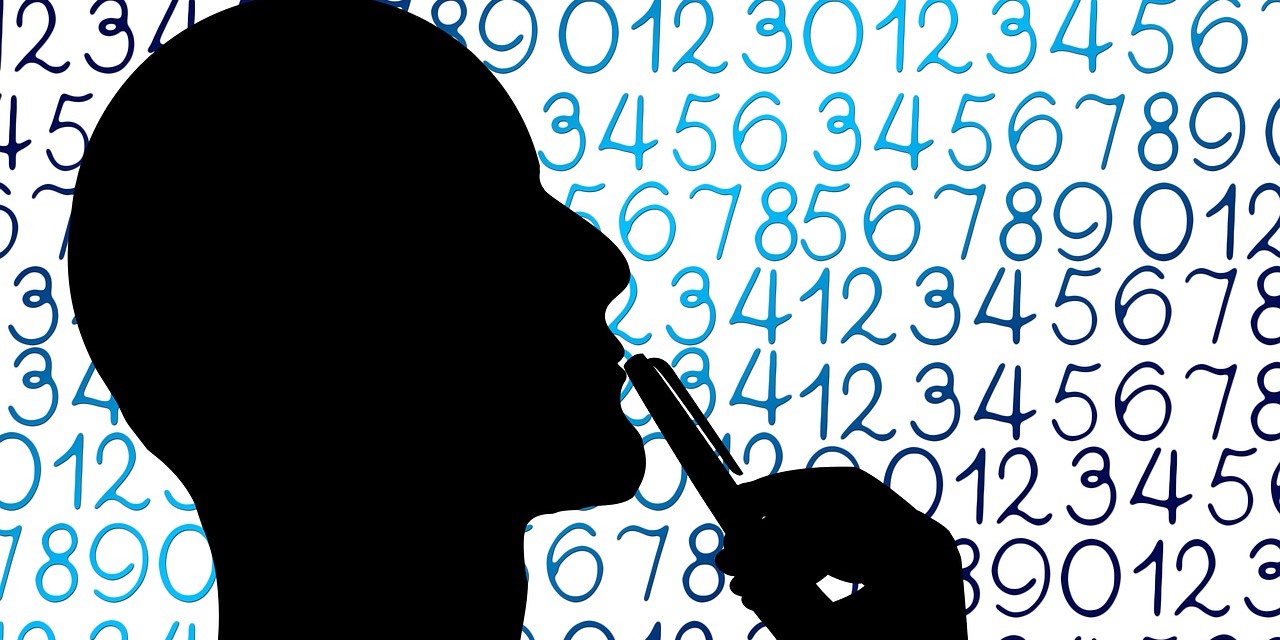
A Sen Energy Line, Sen Channel, Meridian or Pathway is a conduct (i.e. canal or pathway) of so-called Vital Life Energy, the latter also known as Lom Pran, Prana, Chi, or Qi, among other labels.

Thai Traditional Medicine theory claims that there are 72,000 Sen Energy Lines in the human body, which transport and distribute Lom Pran, being an essential “substance” for Life itself, and for the continuation of Life’s processes.
Most fortunately, a Thai Massage therapist only needs to learn ten of those Energy Lines, the so-said primary Sen Energy Lines, which are called the Sib Sen or Sen Prathan Sib. To be clear, Sib is the Thai word for “ten” and Sen the Thai word for “meridian,” “channel,” “pathway,” or “conduct,” and Prathan means “primary.”
But where does the number 72,000 originate from? Well, we find this number mentioned in a variety of ancient Asian texts and scriptures and it seems to have an Indian Buddhist or even pre-Buddhist background.
Scriptures and the Number 72,000
For instance, the Brihadaranyaka Upanishad (composed around 700 BCE), the Hatha Yoga Pradipika (15th century CE) and Goraksha Samhita (11th century CE) mention 72,000 Nadis (Yogic Prana channels), where each Nadi branches off into another 72,000 Nadis.
In the Bhagavata Purana (ancient Indian scriptures dating probably from around 3,000 BCE) we recurrently find the number 72,000. An example from the scripture: “This Dvipa (continent) is divided into nine Varsas or countries, each one extending 72,000 miles …”

In Tibetan Buddhist Medicine, the Energy Channels in the body are said to be 72,000, but then again sometimes they are said to be “uncountable.”
In the Guanding Jing, a collection of magical spells and composed in 5th century CE in China, we read about the “… spells of the 72,000 spirit kings to protect Buddhist monks…”
In the Mahayana Sutras (a broad range of Buddhist scriptures thought to be composed as from the 2nd century CE) we can read the following passage: “The Blessed One was dwelling in Rājagṛha, on Vulture Peak Mountain, together with a large monastic Saṅgha of 8,000 monks and 72,000 Bodhisattvas, as well as Gods living in the desire and form realms.”
It’s also interesting to note that sometimes there are references to nerve endings, like for instance in Chinese Foot Reflexology, where some sources speak of “72,000 nerve endings in the sole of the feet” or in Indian Ayurvedic pregnancy theory where it’s said that “In the 5th month, the mother’s navel begins to protrude out. This navel point is where 72,000 nerve endings unite just under the navel.”
In the book Practice of Ayurveda (1958) from Swami Sivananda it’s stated (in the chapter Science of Pulse or Nadi Vijnana) “There are 72,000 arteries in the body. They all form their centers in the navel or umbilicus.”
About the construction of the famous Borobudur complex (Barabudur), a 9th-century Mahayana Buddhist temple in Central Java, Indonesia, and the world’s largest Buddhist temple, it is said that “Approximately 72,000 cubic yards of stones were taken from neighboring rivers to build the monument.”
In Conclusion
I think we can learn of the examples given above that the number 72,000 has an Indian Ayurvedic origin, most likely even pre-Buddhist, and was simply used/applied to say or state that “it’s a lot,” and not to point out the actual number or amount of things or elements referred to.
Nevertheless, it remains a bit of a mystery why the number of 72,000 is used and not another number, like, for instance, 1,000,000. Symbolism and numerology may give some hints though: the number 72 is of special significance in religions, such as the 72 stupas built, which comprise the Borobudur (the world’s largest Buddhist temple), including the 72 Buddha statues surrounding the central Borobudur dome, the 72 major temples of Angkor Wat in Cambodia (the seat of the ancient Khmer Empire), the 72 disciples of Confucius, and the 72 names of God according to the Kabbalah.
Then, finally, the numbers 2 and 7 have always played an important role in religions (among a range of other numbers, by the way) also in Indian Vedanta traditions, and I can only imagine that numerology and symbolism have played its part.



